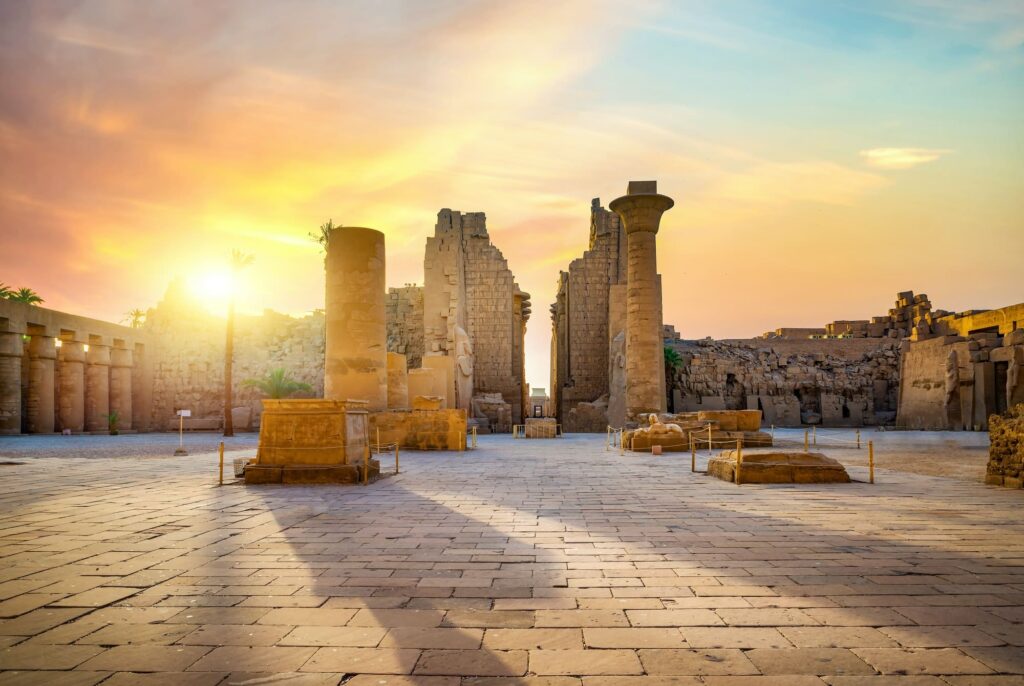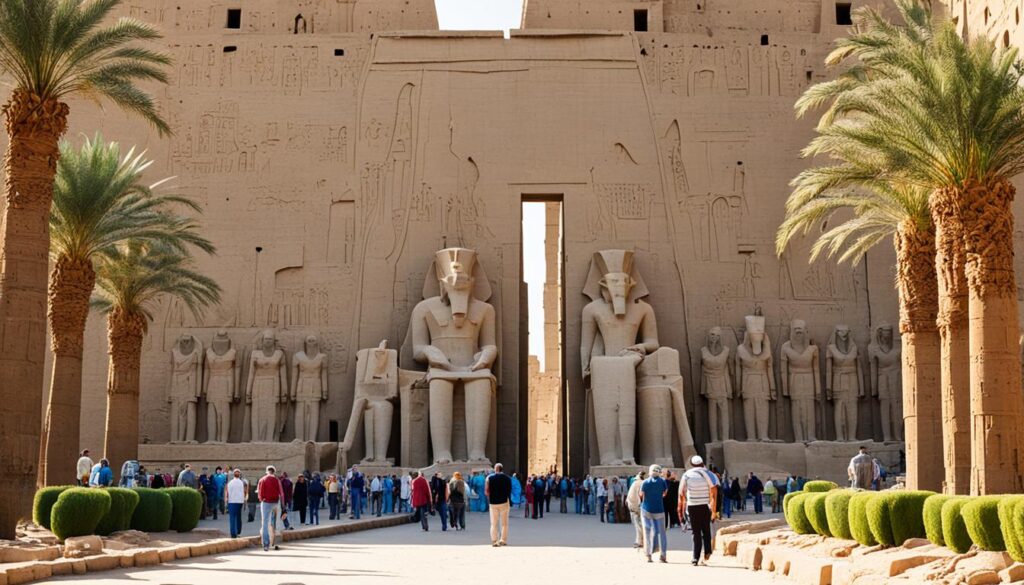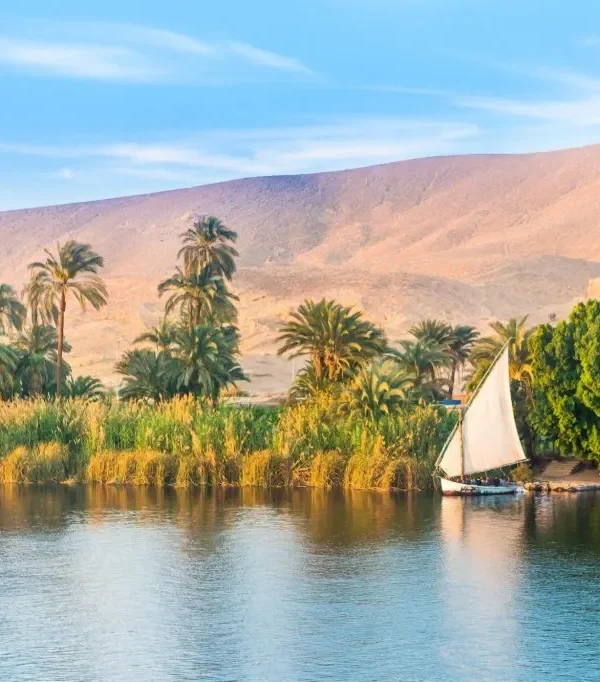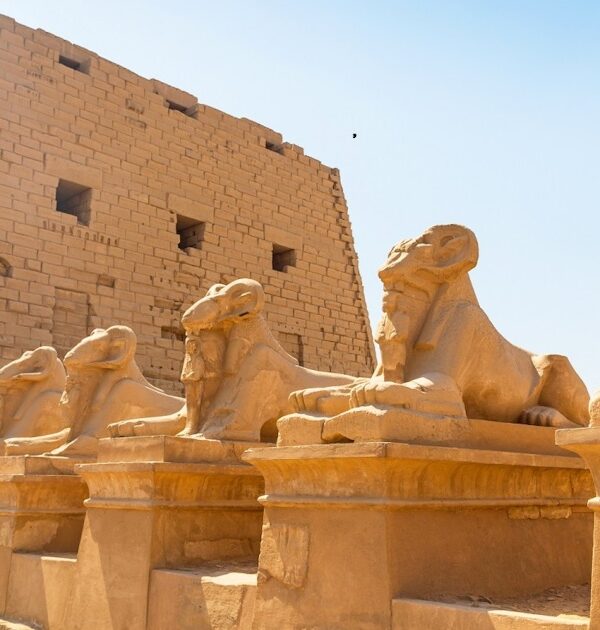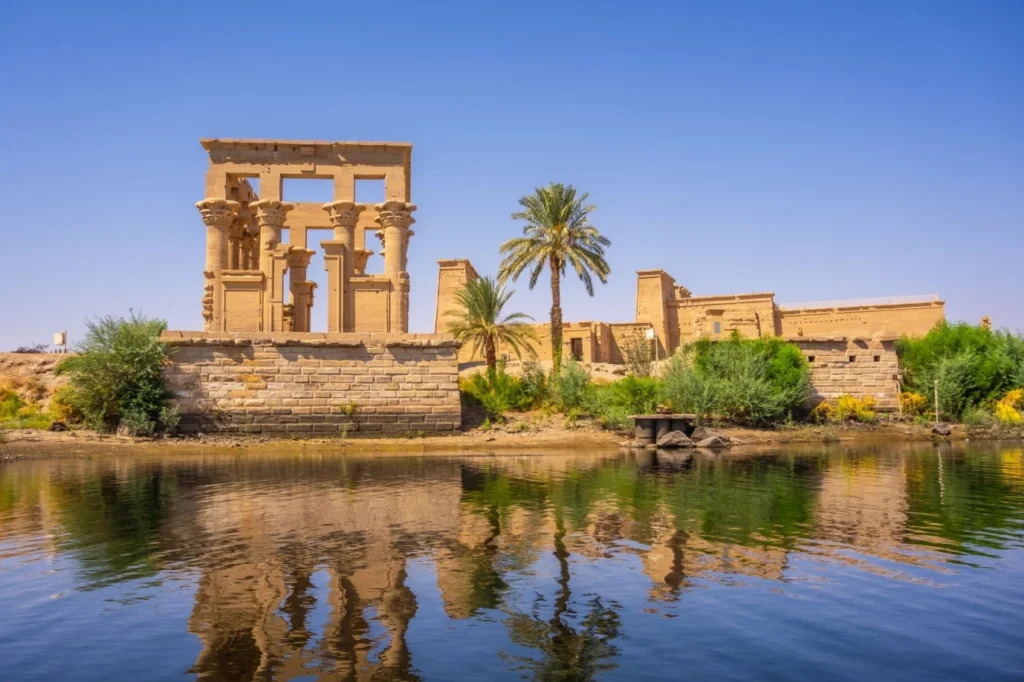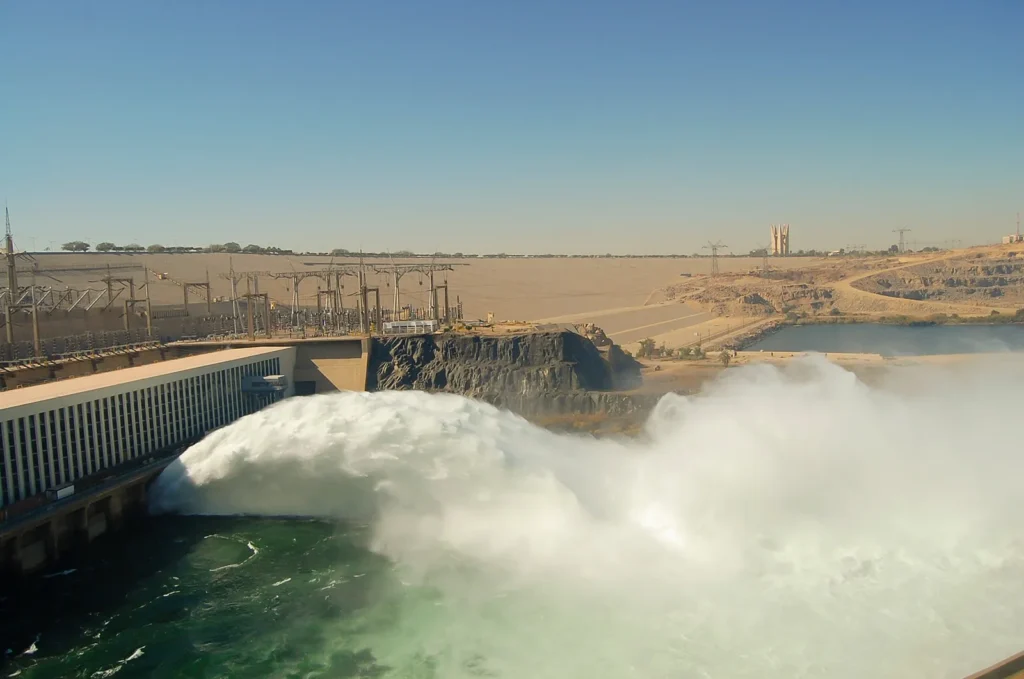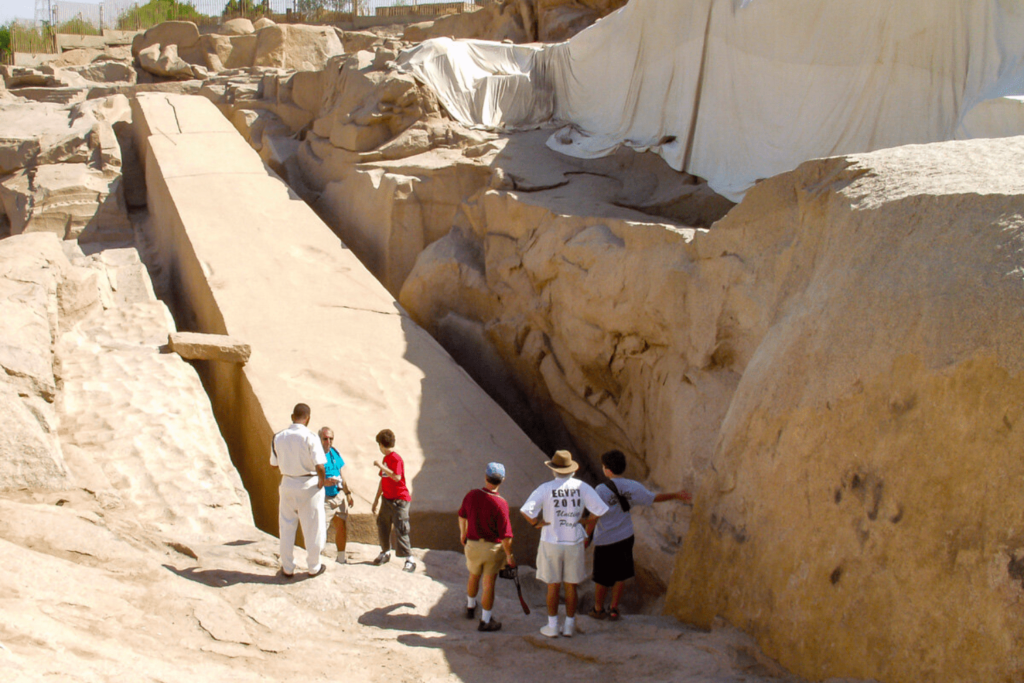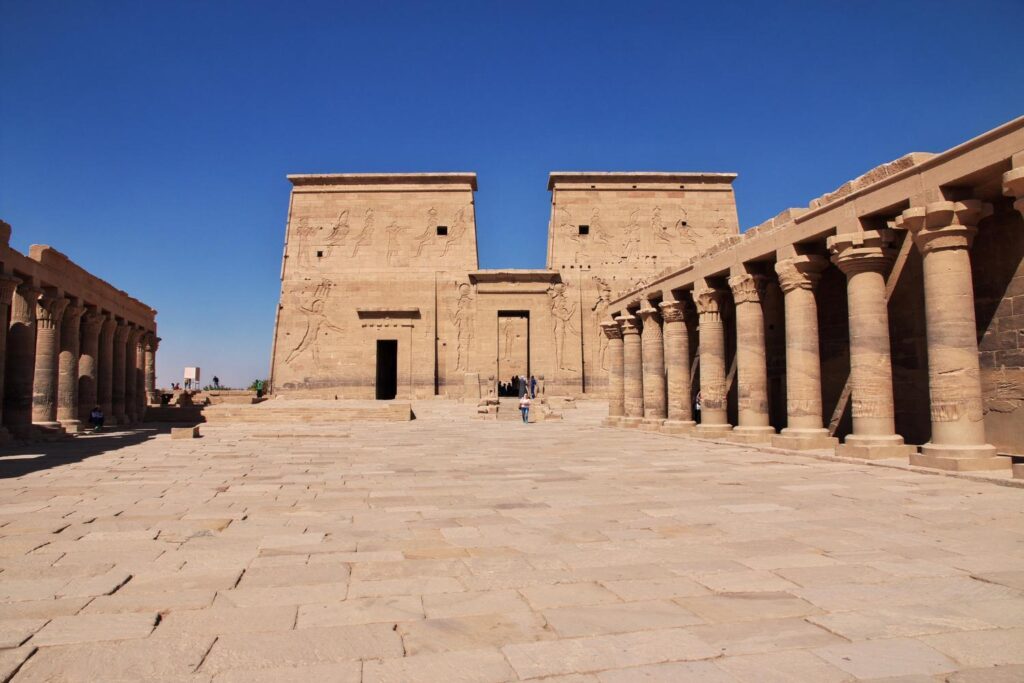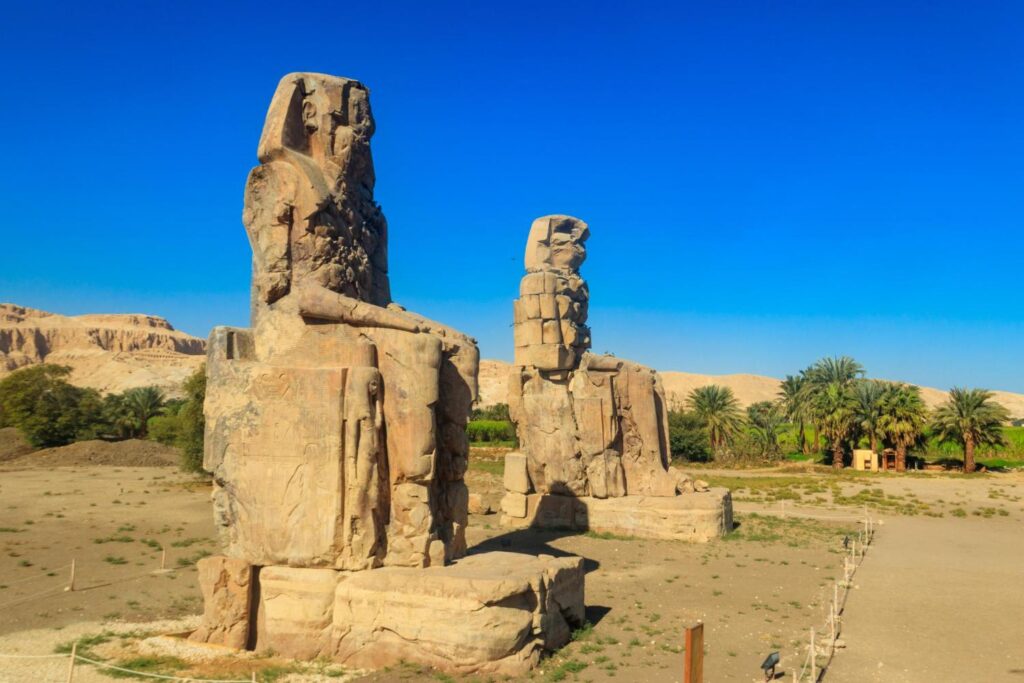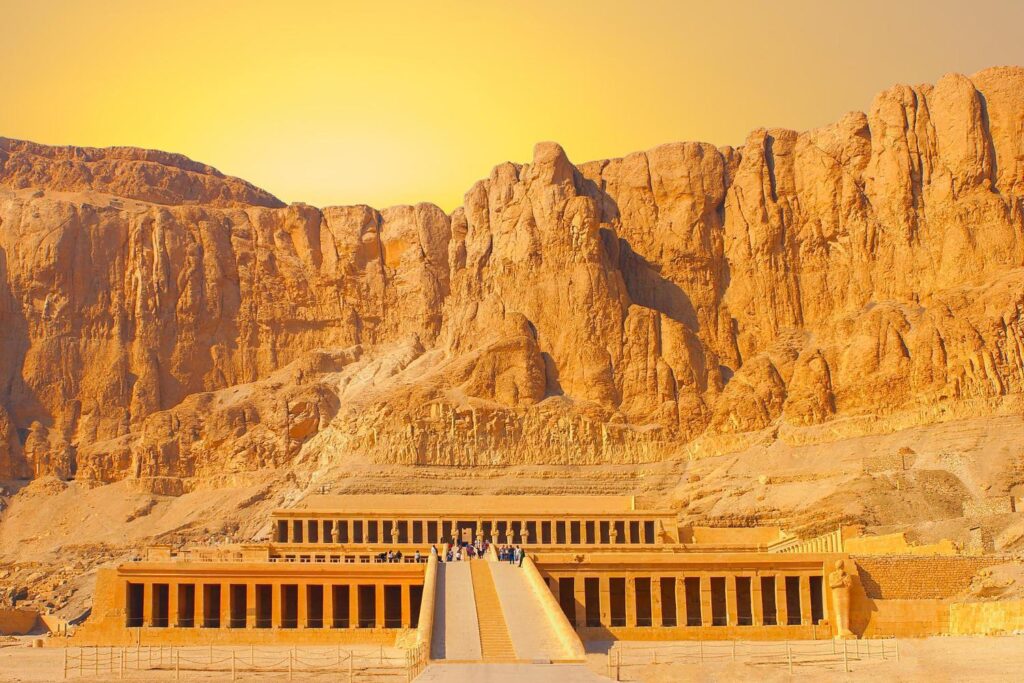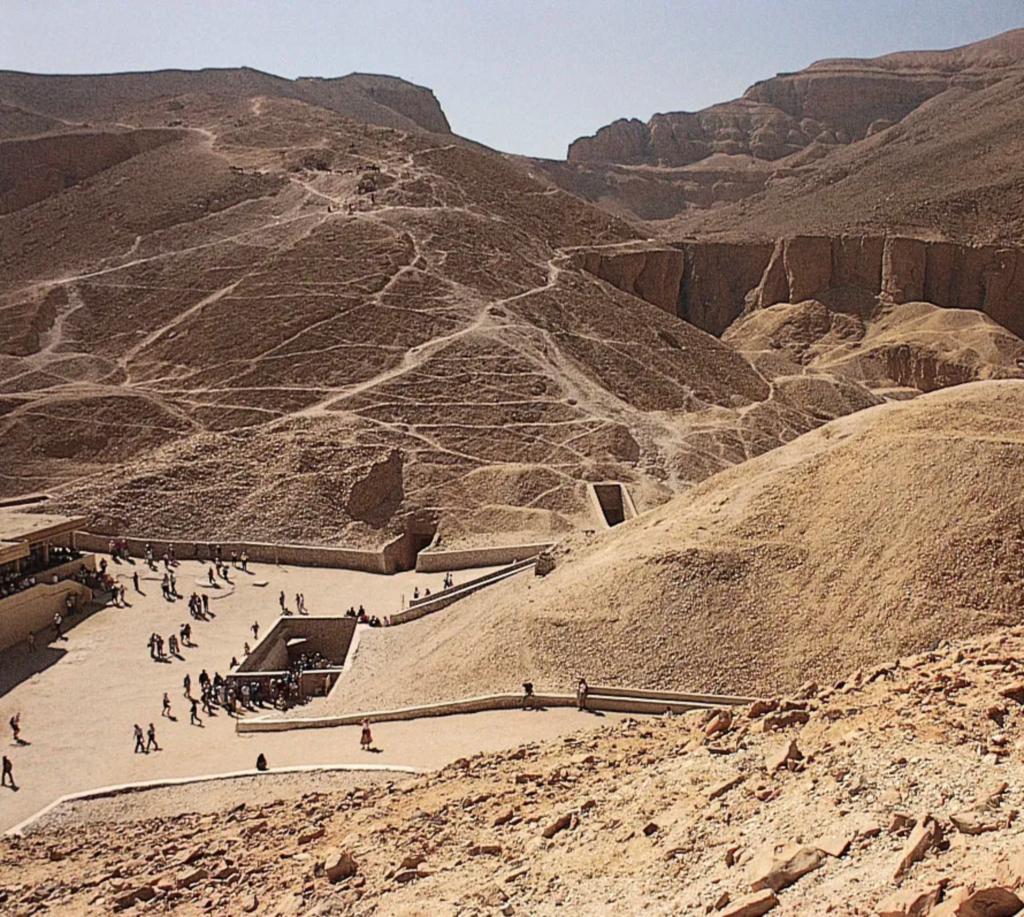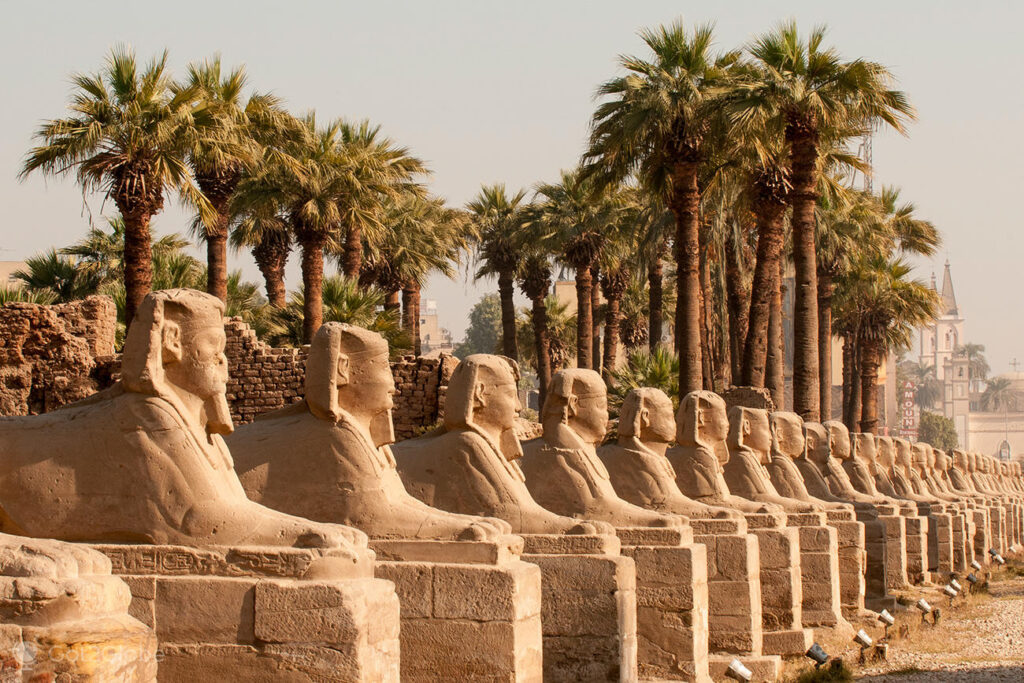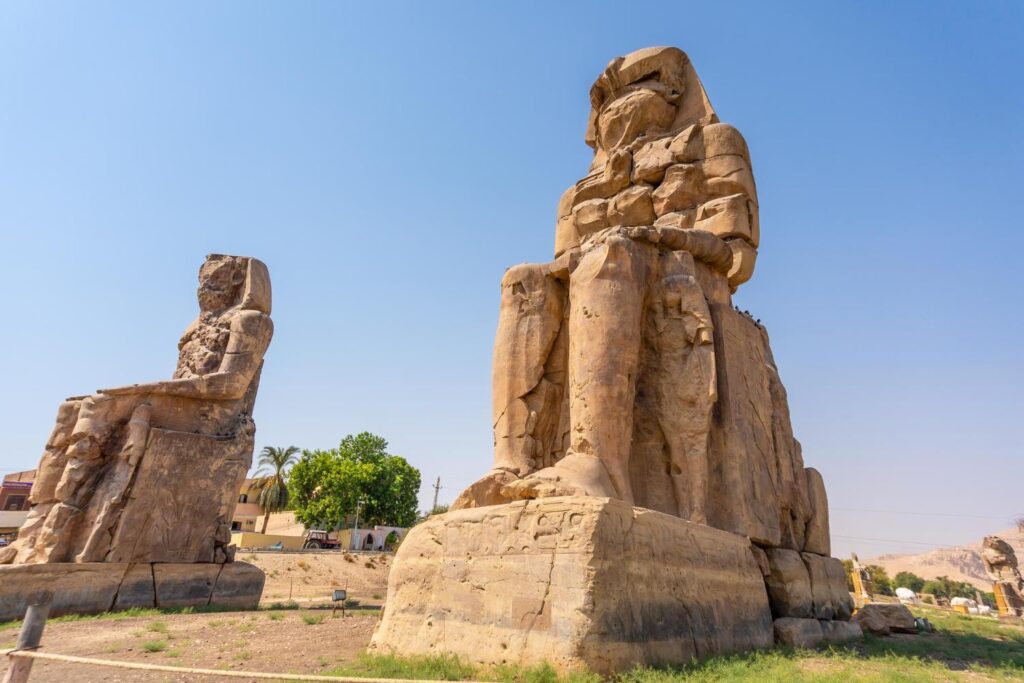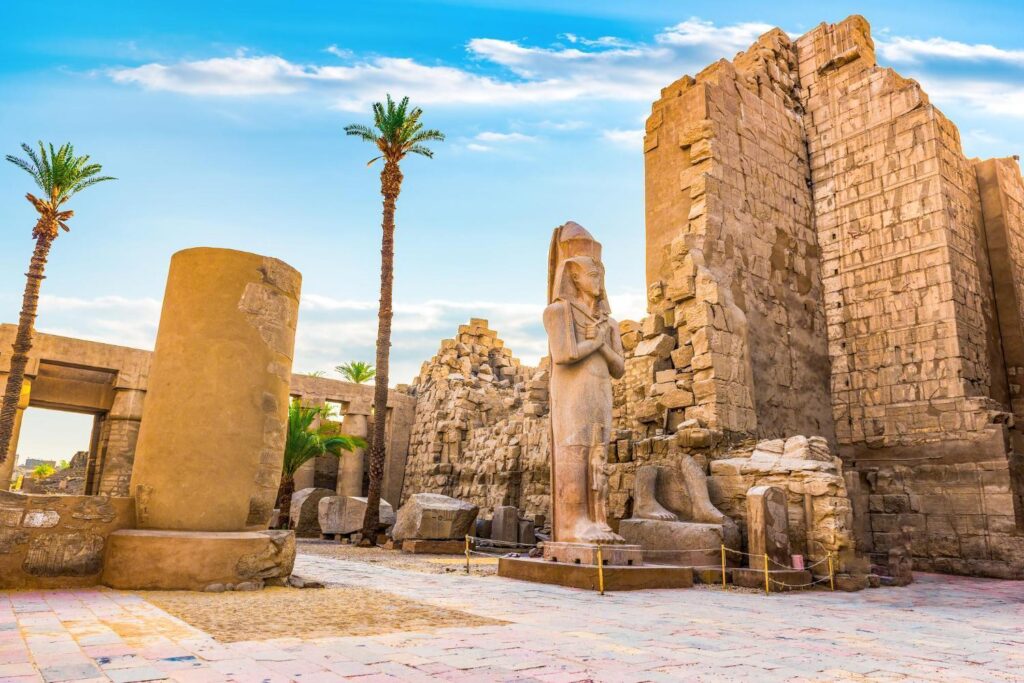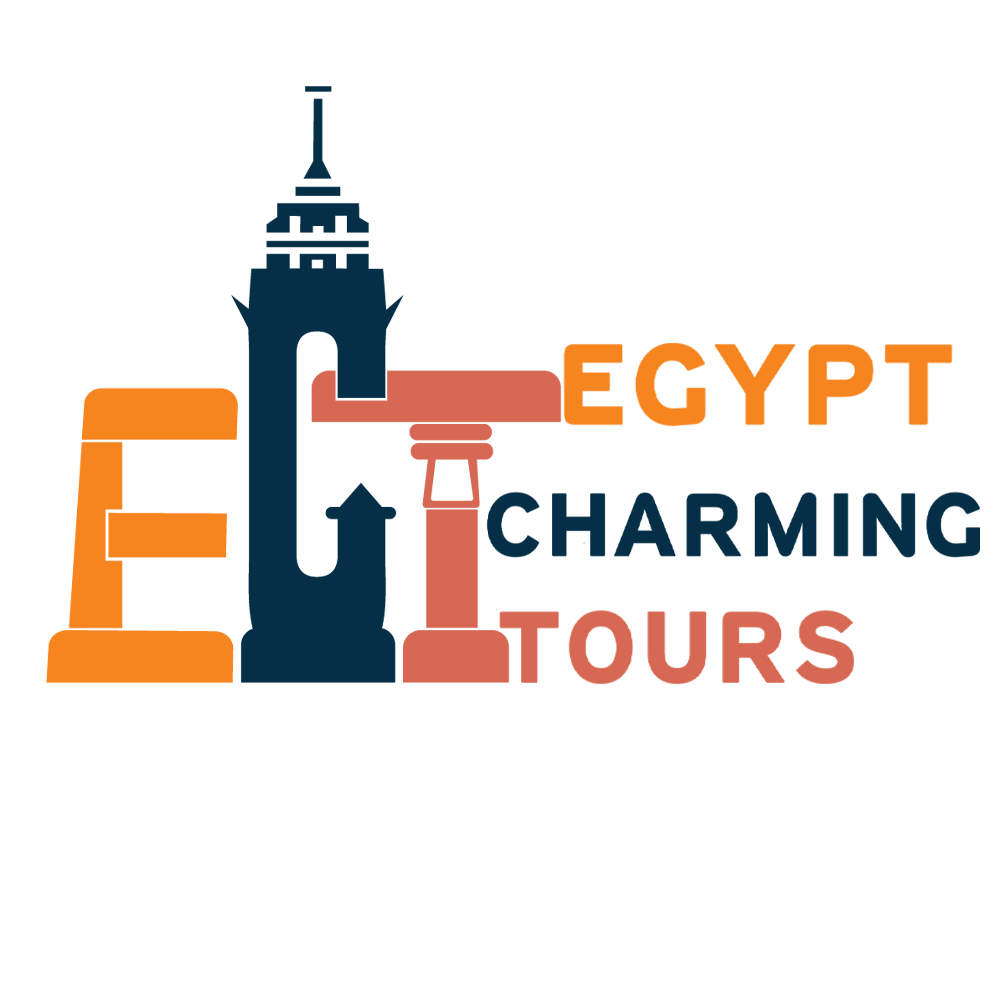Accompanied by our knowledgeable private guide, we pick you up from your hotel or Nile cruise to unveil a new chapter of Egypt's enchanting history through our full day tour to Luxor East and West Banks:-
Karnak Temple:
Stood beneath Luxor wonders, lies the marvelous Karnak Temple, one of the most renowned architectural treasures in the world. The temple complex is historically associated with the pharaonic deities; Amun, Mut and Khonsu so it was mainly dedicated to the worship and some religious purposes. Karnak is a sanctuary that reflects the power and majesty of the pharaohs of the New Kingdom.
Luxor Temple:
The esteemed Luxor Temple, a sanctuary of divine significance, was established in 1400 BC as a focal point for jubilation and reverence. Dedicated to the revered Theban triad of Amun, Mut, and Khonsu, this sacred site hosted the prestigious Opet festival, symbolizing the renewal of kingship. Recognized for its historical and cultural importance, Luxor Temple was inscribed as a UNESCO World Heritage site in 1979, standing as a testament to the enduring legacy of ancient Egypt.
Stop for having your lunch meal at a Nile view restaurant, then head to Luxor West Bank to visit:
Valley of the Kings:
Located on the western shore of Luxor, the Valley of the Kings or as it's known the Valley of the Gates shows to be nothing more than a sun-drenched gorge of generic red rock, but beneath all its ruins, tombs of 63 of the most significant kings in Ancient Egypt lie like the mighty pharaoh Ramses II, the esteemed Hatshepsut, the revered Seti I, and the legendary Tutankhamun, among others. Used as a burial grave from the 16th till the 11th century, the site had been used for royal burials of Egypt pharaohs, their families and their possessions.
Temple of Queen Hatshepsut:
The Temple of Hatshepsut is an impressive architectural feat, dates back to the 18th Dynasty. The temple of Hatshepsut was built around 1478 BC which is located in Deir el-Bahari. Built for the powerful Queen Hatshepsut, it is a unique terraced structure that bears witness to her reign and her innovative art.
Next head to visit:
Colossi of Memnon:
These two enormous statues, which have defied time and erosion for more than 3400 years, reach 17 meters in height, and once stood in front of the pylons of the funerary temple of Amenhotep III, whose remains have been buried under the nearby farmland for centuries, until archaeological excavations of the site began in the 1970s.
Then we will transport you to either your hotel or Luxor Airport, marking the conclusion of your day Tour to Luxor East and West Banks.

